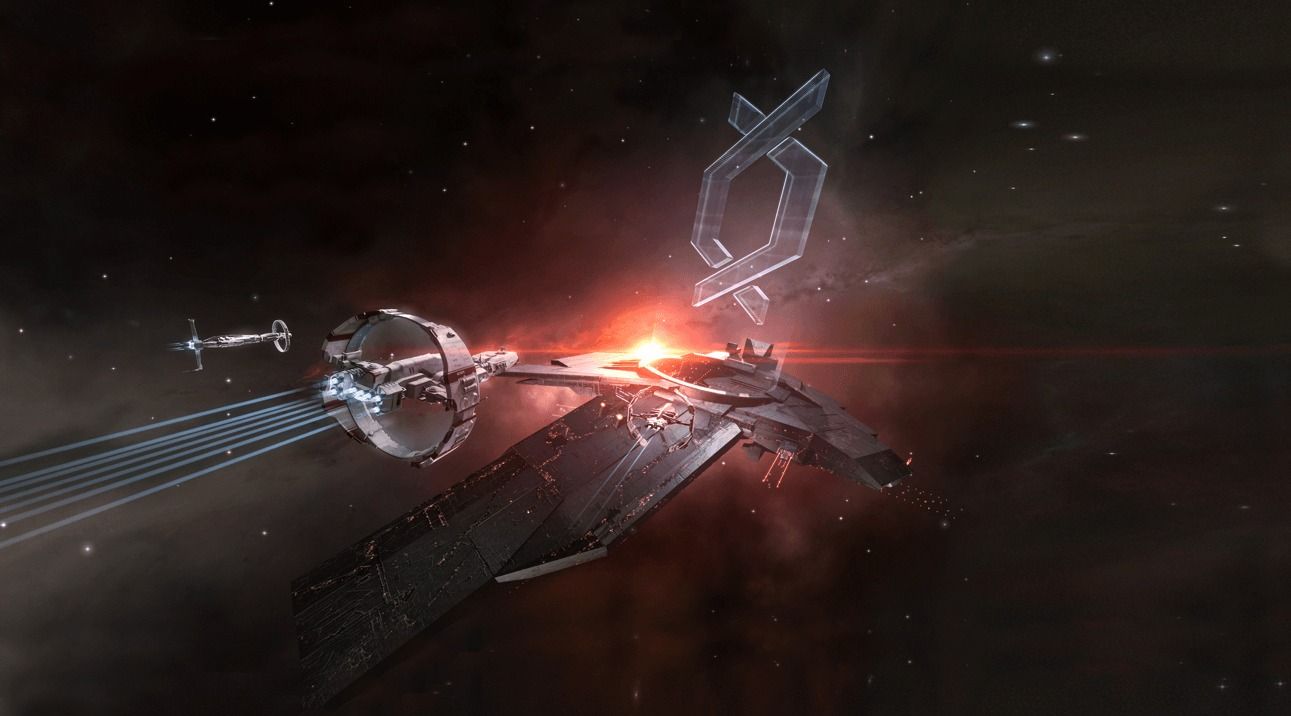This is how astronauts wash their hands in space.
Get the latest international news and world events from around the world.
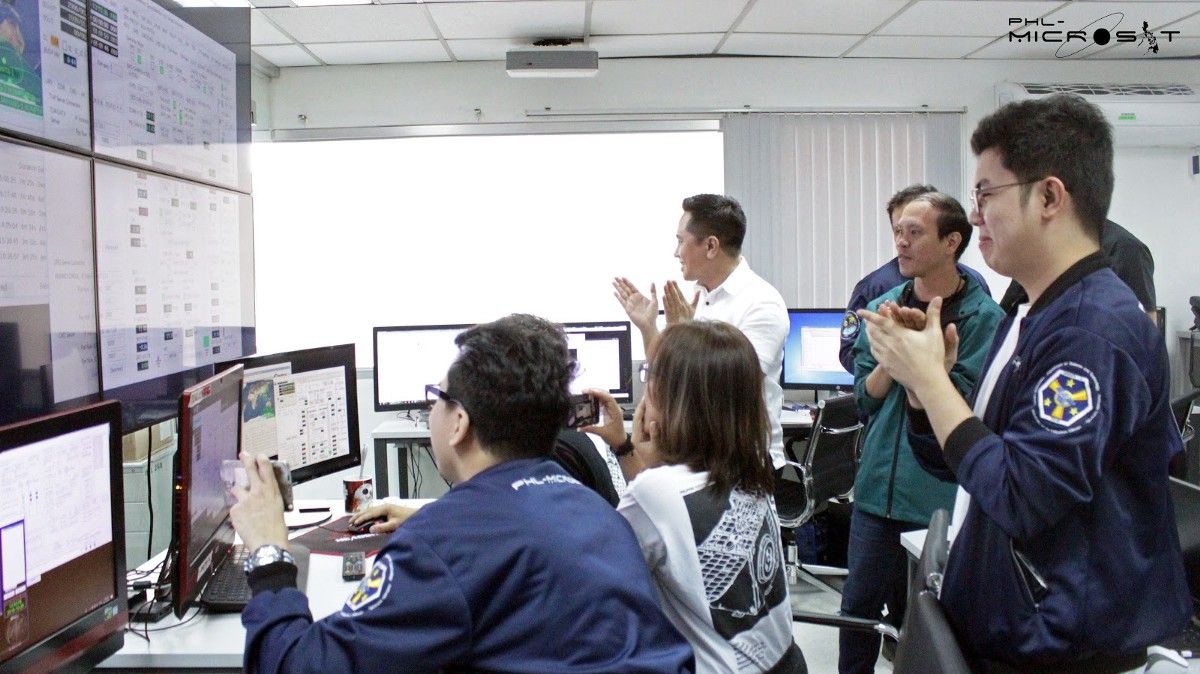
Diwata-2 successfully launched to space, makes first contact
Contact successful!
Diwata-2 was successfully launched to space on October 29, 2018 at 12:08 GMT+08 from the Tanegashima Space Center in Japan via H-IIA F40 rocket. It is one of the small satellites piggybacked with the main payloads IBUKI-2, also known as GOSAT-2 (JAXA’s Second Greenhouse Gases Observing Satellite), and KhalifaSat, a remote sensing Earth observation satellite developed by the Mohammed bin Rashid Space Centre (MBRSC) in the United Arab Emirates. The other small satellites are the Japanese-made Tenkou, PROITERES-2, Stars-AO, and AUTcube-2. Diwata-2 was inserted into the Sun-Synchronous Orbit at an altitude of 621 km, 43 minutes and 20 seconds after rocket lift-off.
On Oct 29, 2018 at 13:52 GMT+08, initial contact was established between Diwata-2 and the Ground Receiving Station (GRS) located at the Department of Science and Technology Advanced Science and Technology Institute (DOST-ASTI). Short telemetry data was received from the satellite on that day. Diwata-2 was initially tracked using pre-launch orbital parameters. As of 12:40 PM yesterday, October 31, 2018, the GRS can now read the satellite’s status, including vital signs such as fully charged batteries, normal power consumption, and good communication link. Commands were successfully sent and initial check procedures will continue throughout the first week from launch. Initial image captures from the cameras can be expected in the coming days.
Another milestone for Philippine space initiatives
The team, program collaborators and stakeholders celebrated in two major simultaneous events: one at the Tanegashima Space Center together with the Japanese partners, and one at the GT Toyota Auditorium in Quezon City with the public. Pocket viewing sessions were also held at the DOST Region VI office in Iloilo, Bicol State University, Cebu Technological University, and Caraga State University. Simultaneously, Japanese professors Dr. Tetsuro Ishida (from Hokkaido University) and Dr. Yuji Sakamoto (from Tohoku University) and Filipino scholars Gerwin Guba, Leur Labrador, Julie Banatao, Leonard Paet, and Paolo Violan who were part of the team who built the Diwata-2 in Tohoku University, were also tuned in.
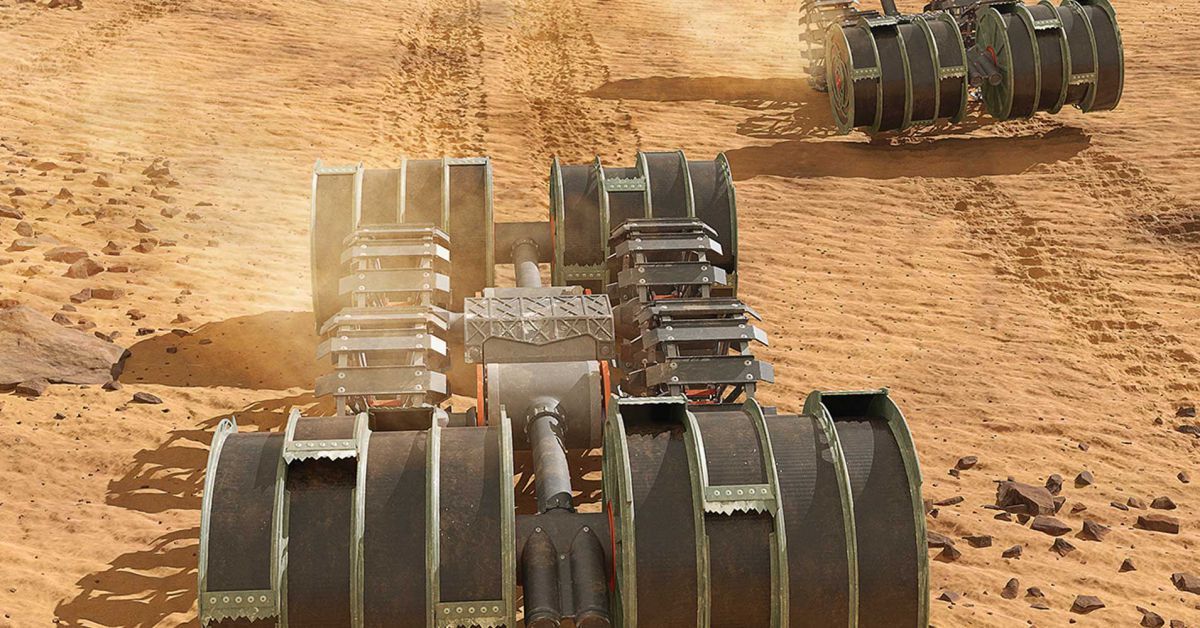
Circling a Black Hole
There is a monster at the heart of our Milky Way galaxy that eats stars. If it’s not a black hole, astronomers don’t know what else it could be: https://nyti.ms/2RrvazD
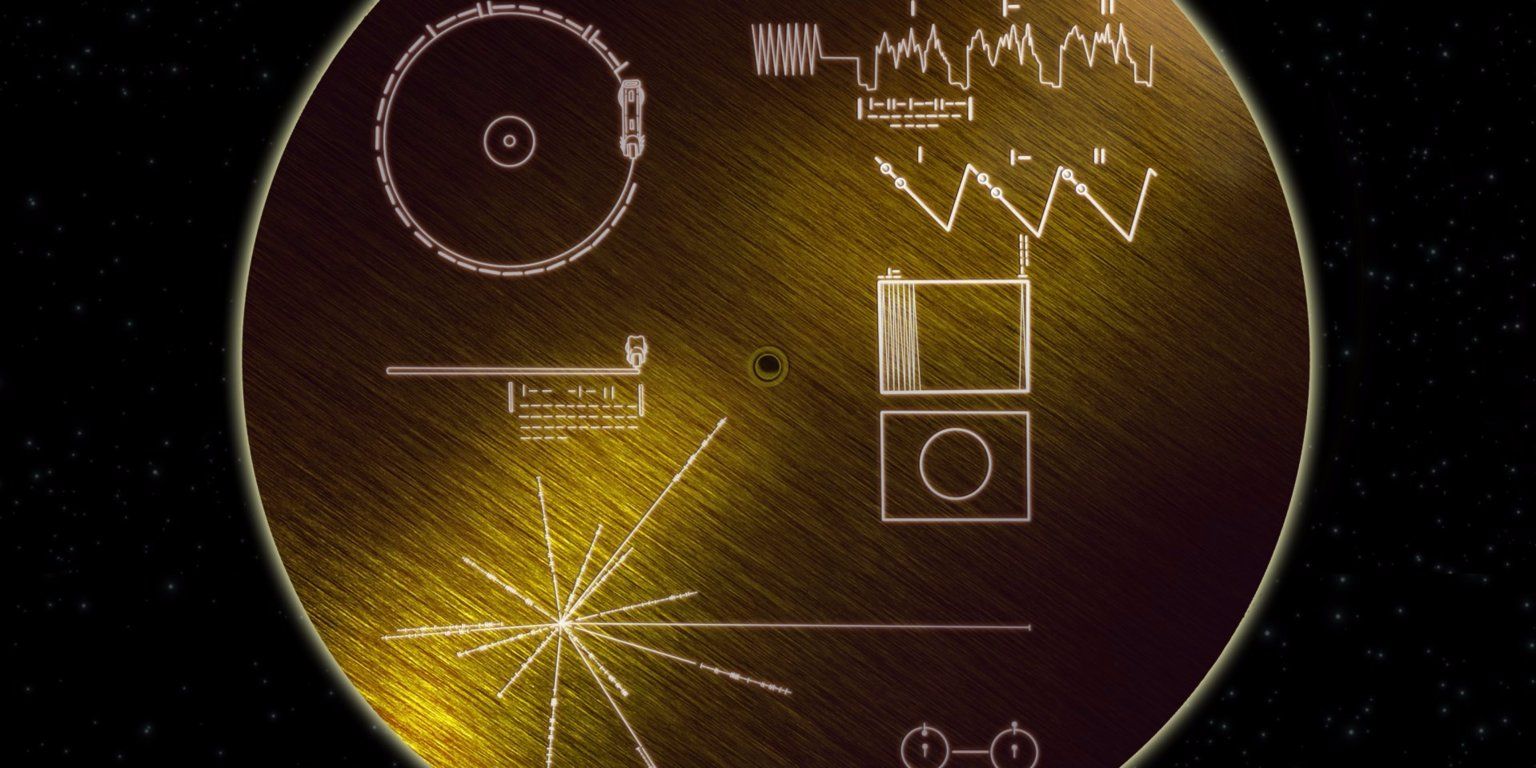
40 years ago, NASA sent a message to aliens — here’s what it says
The message is carried on a golden record.
In September 1977, NASA launched Voyager I from Cape Canaveral, Florida. The craft carried a golden record that contained a message to aliens from the people of Earth. Here’s what it said.
EDITOR’S NOTE: This video was originally posted on February 17, 2016.
Dr. Antonei Csoka at Ending Age-Related Diseases 2018 — Aging as Meta-Disease
Good information 💜.
Dr. Antonei Csoka of Howard University discusses the concept of aging as meta-disease and about the hierarchy of some of the Hallmarks of Aging. He also discusses some of the philosophical and metaphysical underpinnings for the goal of overcoming age-related disease.
►Conference Page: https://www.leafscience.org/ending-age-related-diseases-adva…prospects/
►Subscribe for more: https://www.youtube.com/user/LifespanIO?sub_confirmation=1
►This video is presented by LEAF. Please support our work by becoming a “Lifespan Hero”: http://lifespan.io/hero

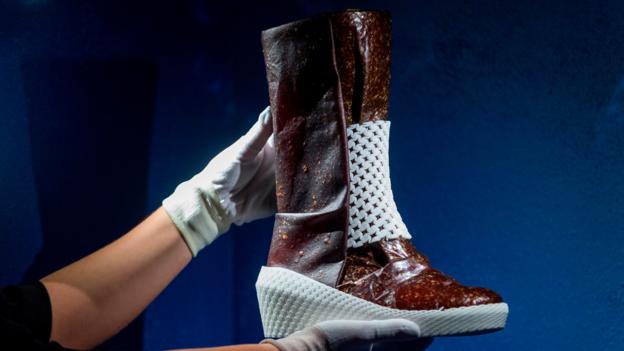

Scientists Find Link Between Parkinson’s Disease and the Appendix
Scientists have found further evidence that the gut, or more specifically the appendix, might play a role in the development of Parkinson’s disease.
The international team of scientists reviewed two datasets, including a large registry from Sweden, and found that removal of the appendix was associated with a decreased risk of developing Parkinson’s disease. They also found that the human appendix contains clumps of a protein called alpha-synuclein in a form associated with the disease. There’s more work to be done, and the authors are not advocating that people preemptively remove their appendixes, but they hope that the research could provide a pathway towards treatment.
